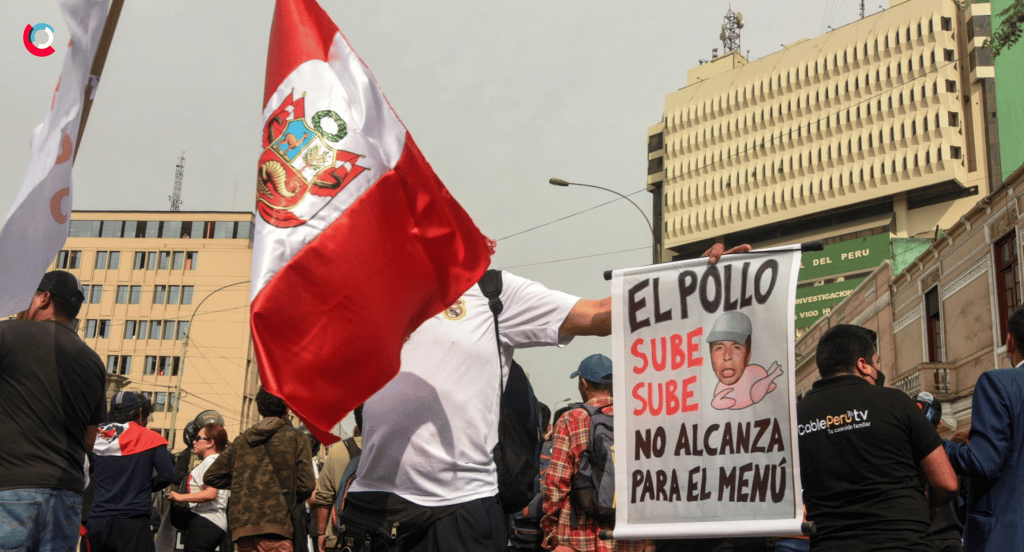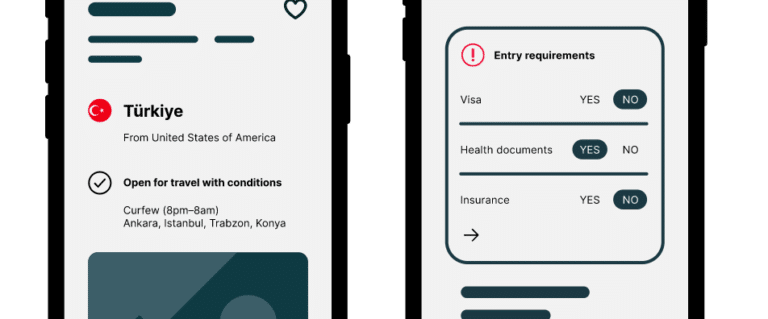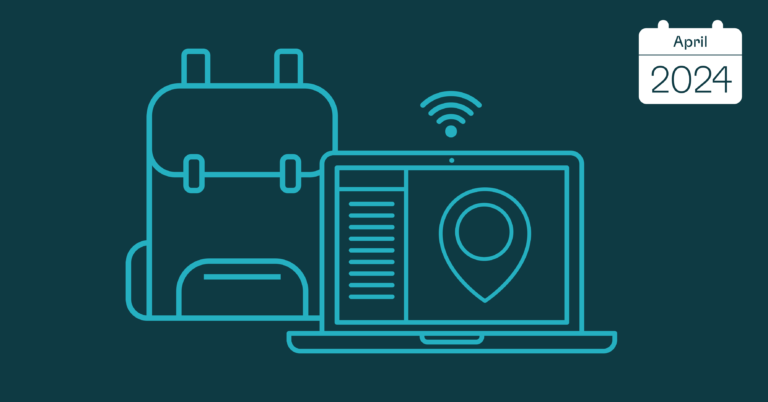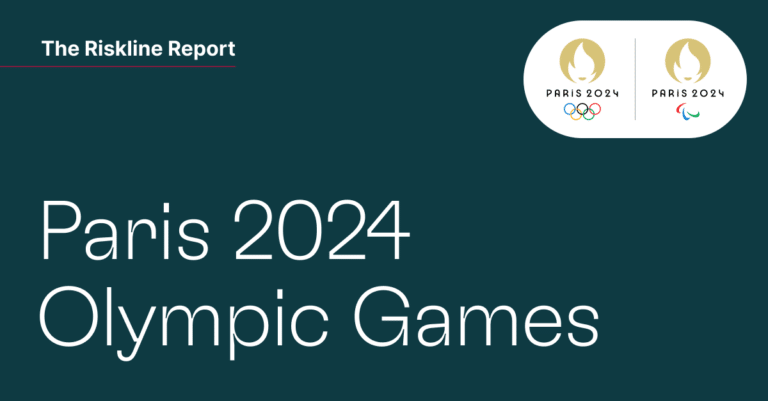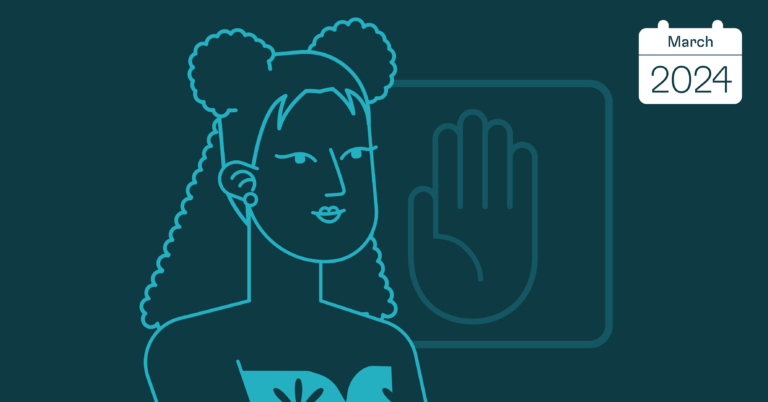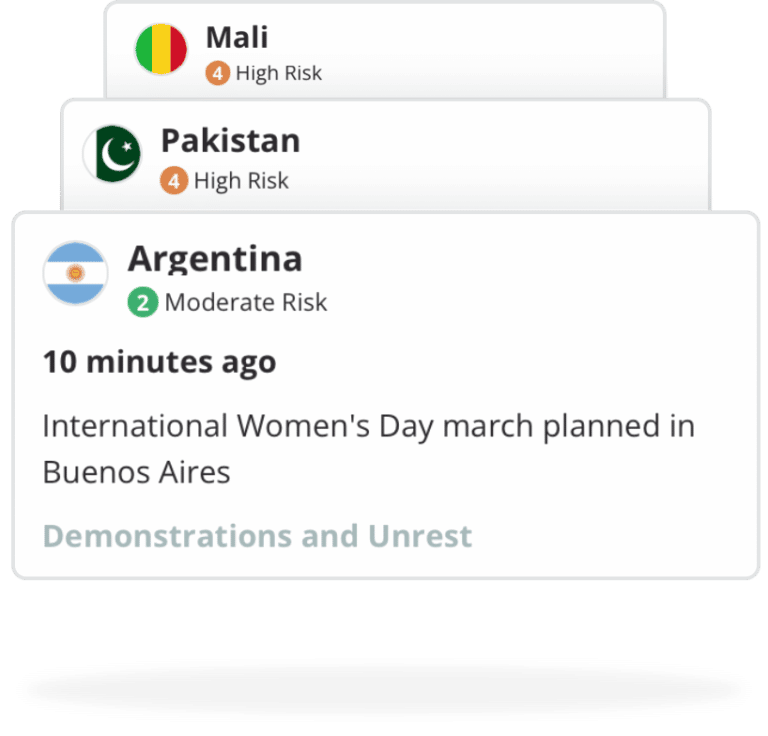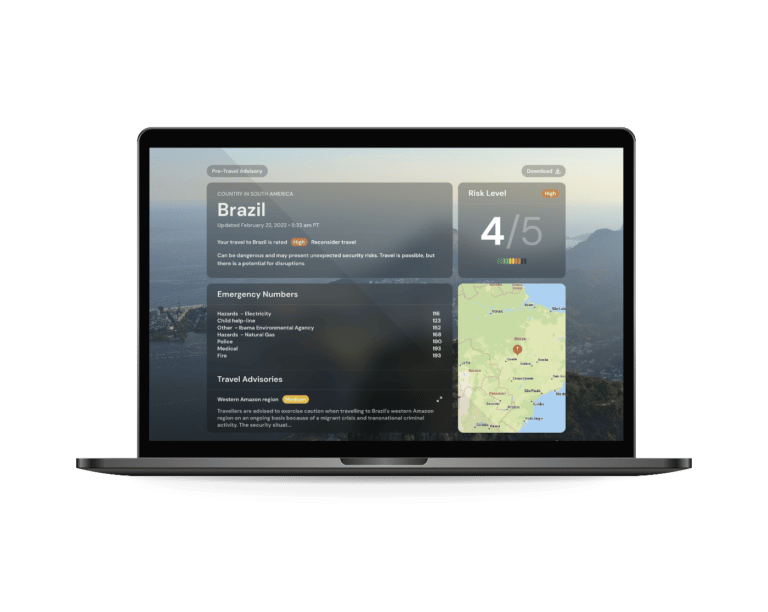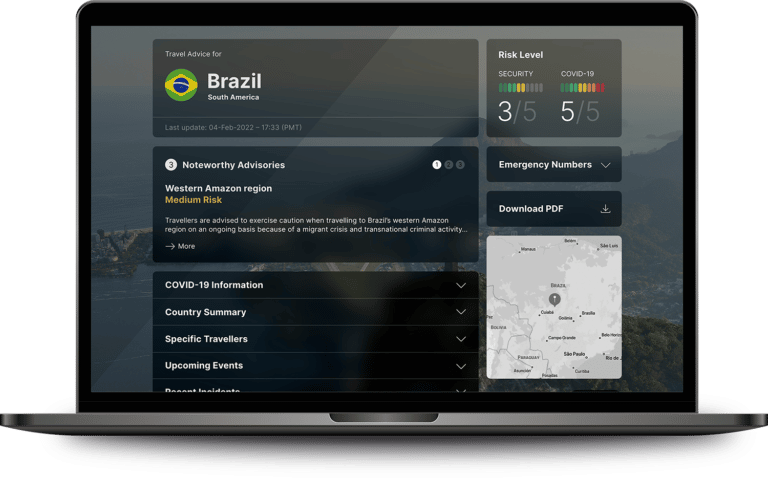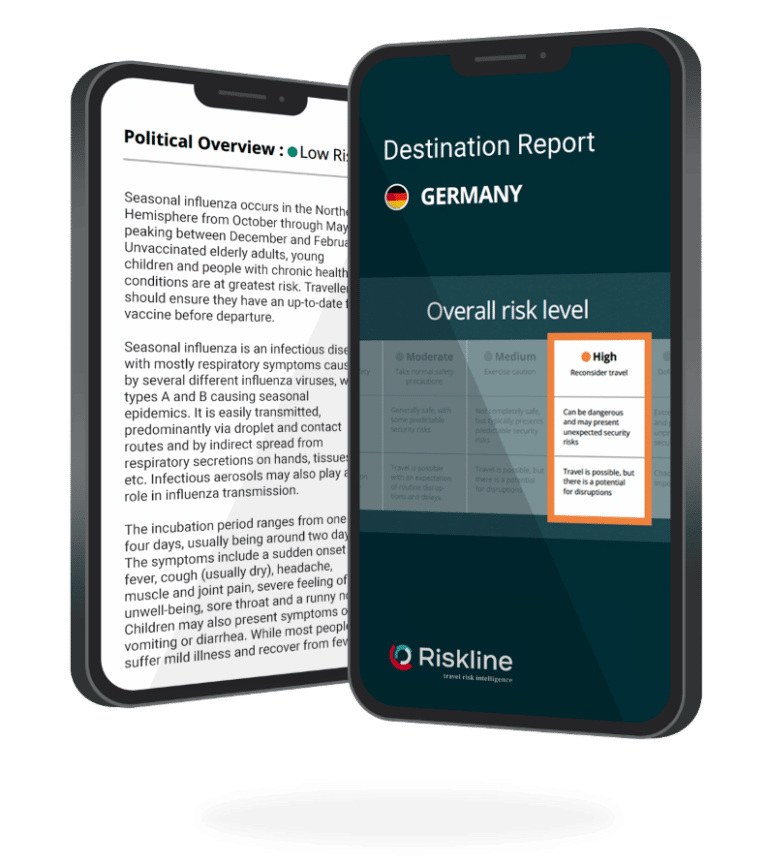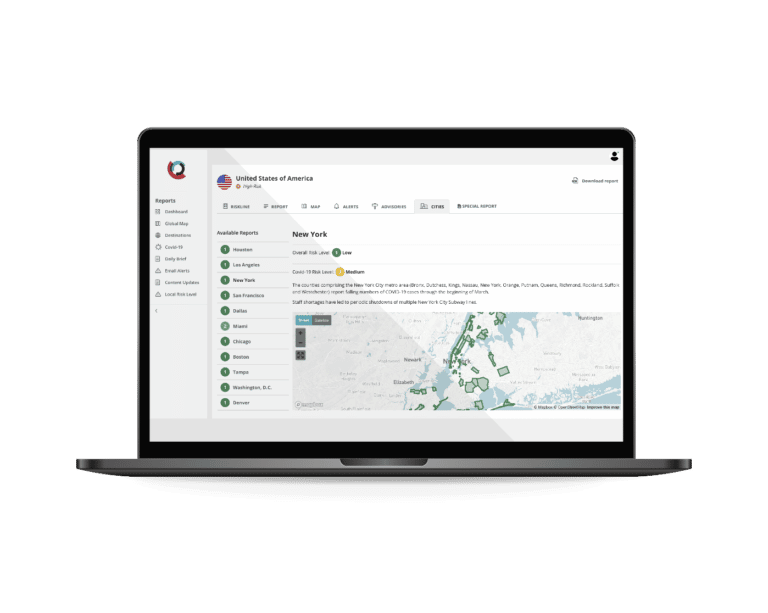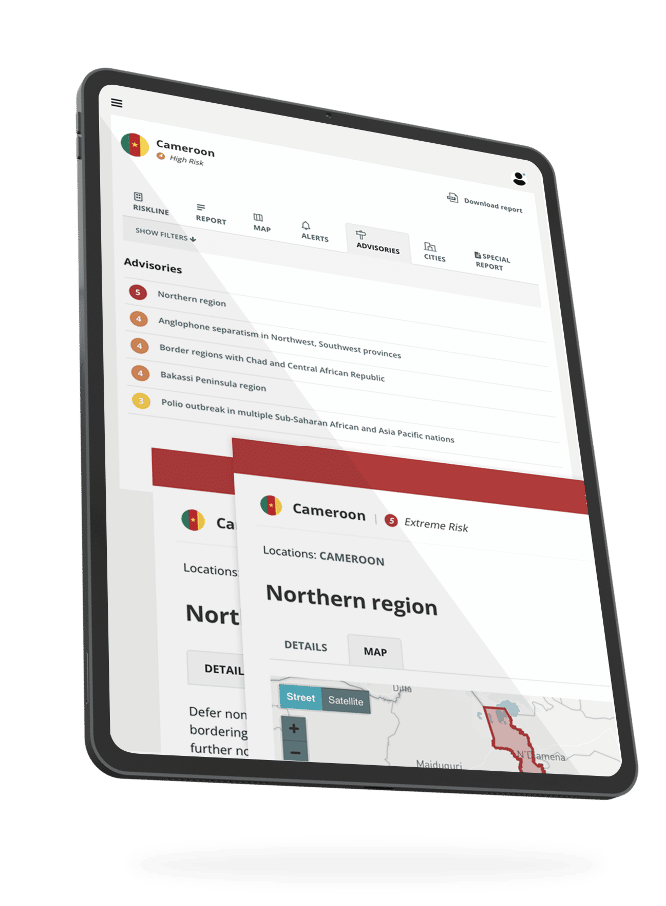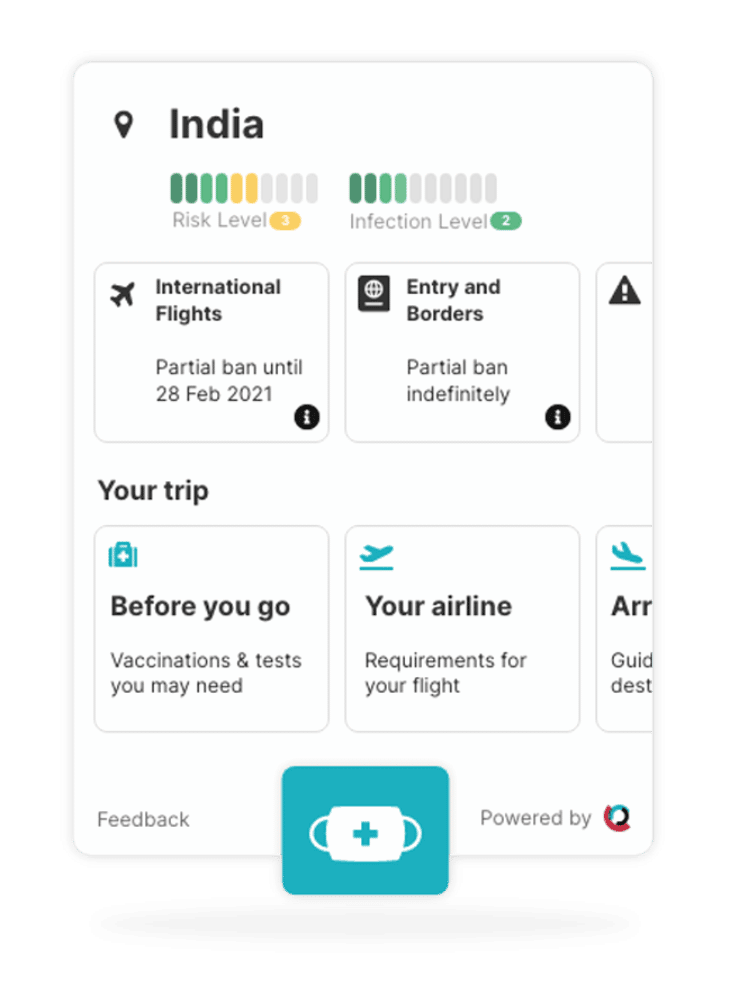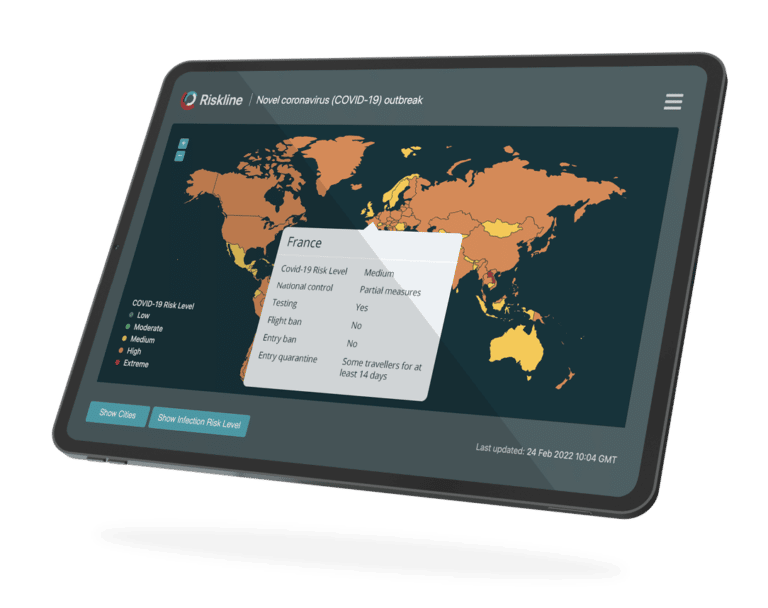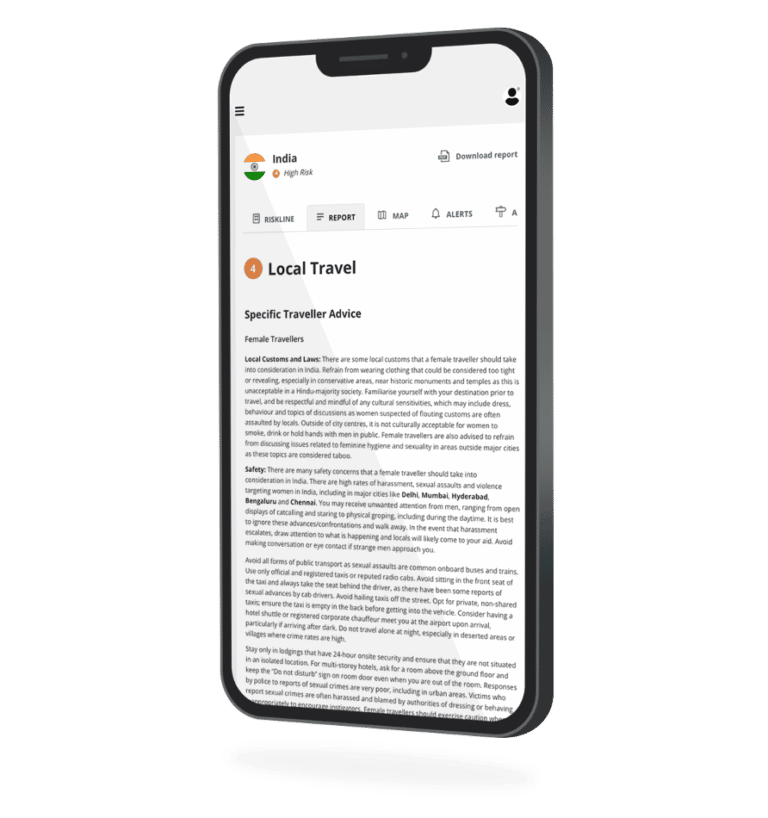By Marco Túlio Lara
Introduction
On 7 December, then-president Pedro Castillo announced several measures, including the dissolution of Congress, a government of exception, state of emergency, nightly curfew as well as the intention to call early elections to work on a new constitution within nine months, shortly before an impeachment trial against him on allegations of “moral incapacity” was scheduled to take place in Congress on the same day.
What followed was a very quick series of events that began with lawmakers deciding to vote on the impeachment anyway, subsequently ousting the president, and culminated with his arrest and the swearing-in of Vice President Dina Boluarte as the country’s new leader.
Unlike in 1992, when then-president Alberto Fujimori was able to extend his tenure in office and assume dictatorial powers by decree, Peruvian institutions worked well this time in the face of an illegal presidential manoeuvre to stay in power. Castillo was greatly harmed in the public eye by seeming to resurrect those tactics merely to avoid impeachment, especially after winning a bitterly close election in 2021 against the dictator’s daughter, opposition leader Keiko Fujimori of the Popular Force party, by playing up her own corruption scandals and defence of her father’s unlawful actions.
But what may seem at first glance like a strong win for the country’s democracy comes in the context of a remarkable state of instability that took hold of Castillo’s government and has had a deep-seated presence in Peruvian politics for years.
Castillo was in power for 16 months, during which time he faced three impeachment attempts, the resignation of multiple cabinet ministers and a wave of protests and strikes from March to July led by transport workers over fuel prices. Peru has had 11 presidents since 1990, several of whom have since been imprisoned on allegations of corruption.
Boluarte’s first days in office have also been disruptive, as the country’s first-ever female president has faced staunch opposition from pro-Castillo demonstrators demanding the closure of Congress, early elections and the release of the former president. Protesters have called for strikes, blocked the Pan-American highway and other major roads and clashed with security forces in many regions, including in Lima and especially in Apurímac, Arequipa, La Libertad and Ica. A 30-day nationwide state of emergency is in effect.
On 15 December, nightly curfews were imposed in 15 provinces. Demonstrators have attacked police stations, set government offices on fire and disrupted bus and air travel throughout southern Peru, even besieging airports in Ayacucho (AYP/SPHO), Andahuaylas (ANS/SPHY), Arequipa (AQP/SPQU), Juliaca (JUL/SPJL) and Cusco (CUZ/SPZO). At least 10 people have been killed and hundreds more injured while thousands of motorists were stranded across the country by roadblocks, including along the Peru-Bolivia border and at the Machu Picchu archaeological site.
The unanticipated scale of unrest
It is noteworthy how violent and widespread the demonstrations are disrupting daily life and activities, considering polls indicated Castillo had low approval ratings, around 24 percent. As a result, many commentators believed that his ousting would not lead to nationwide demonstrations; Castillo was already embroiled in conflict with his own party, Free Peru, of which Boluarte was also a member.
A possible explanation may stem from the fact that Congress – one of the main targets of the demonstrators – has even lower approval ratings, around 11 percent, and is widely seen as corrupt itself due to the large number of corruption investigations into its members, who enjoy immunity from prosecution so long as they remain in office. In light of the turmoil, Boluarte has proposed moving general elections forward to April 2024, but this has apparently failed to placate the protesters.
They have incentive to continue holding out hoping for concessions, as the Castillo administration repeatedly backed down during the transport strikes when participants refused to clear roadblocks. As for what the future holds, instability is likely to persist as many challenges lie ahead. Boluarte is seen as politically weak and inexperienced, with few congressional allies, while facing an extremely fragmented Congress.
Moreover, while the new leader received support from the United States (US), the governments of Argentina, Bolivia, Colombia and Mexico announced that they still consider Castillo to be Peru’s rightful leader. (Castillo was arrested while attempting to reach the Mexican Embassy in Lima to claim asylum.) Amid chaos on the streets in favour of the ousted president, now being investigated on rebellion and conspiracy allegations, Boluarte’s ability to quell the protests and implement her message of unity in the country is the first step toward a chance of success for her administration.
Castillo’s failed presidency, plus the mounting violence of the protests, will likely feed sentiment against the political left, as critics claimed that if he was elected, Castillo and his supporters would resort to exactly these measures if challenged. The security forces, who publicly rejected Castillo’s “autogolpe,” have so far remained loyal to Boluarte.
Should she fail to bring political stability to Peru, the country’s steady economy may run the risk of being impacted. Given Lima’s recent history of presidential comings and goings, however, only time will tell if Boluarte will last long enough in office for that consideration to matter.
Summary
Amid a recent history of political turmoil, Peru has seen another president impeached and a new wave of nationwide protests emerge. The first woman to rule the country, President Dina Boluarte is now tasked with the difficult mission of bringing political stability amid multiple challenges.
Marco Túlio Lara is a Brazil-based political and security risk analyst covering Latin America.

